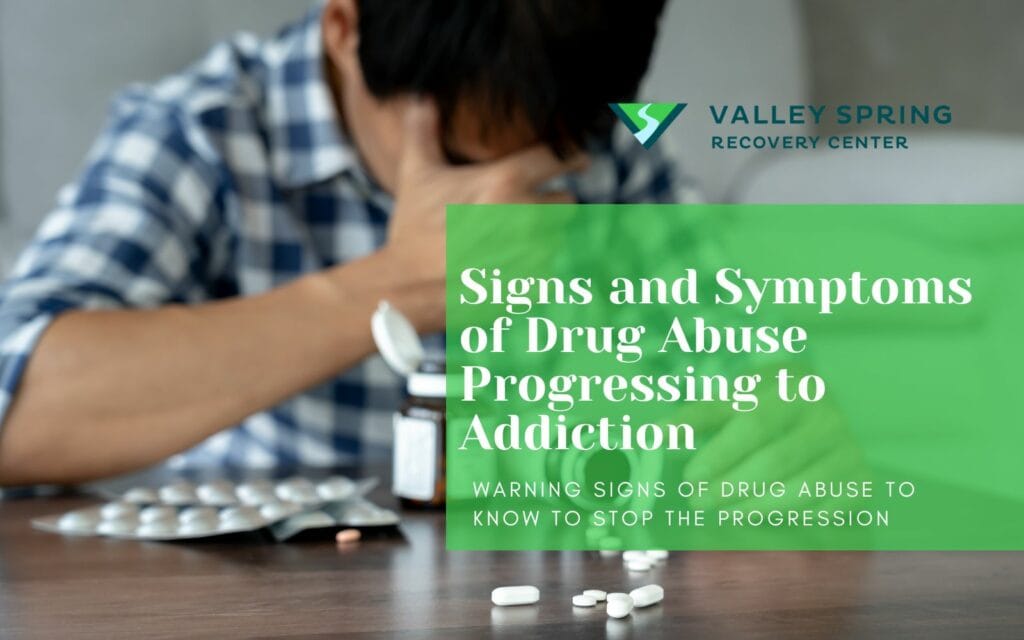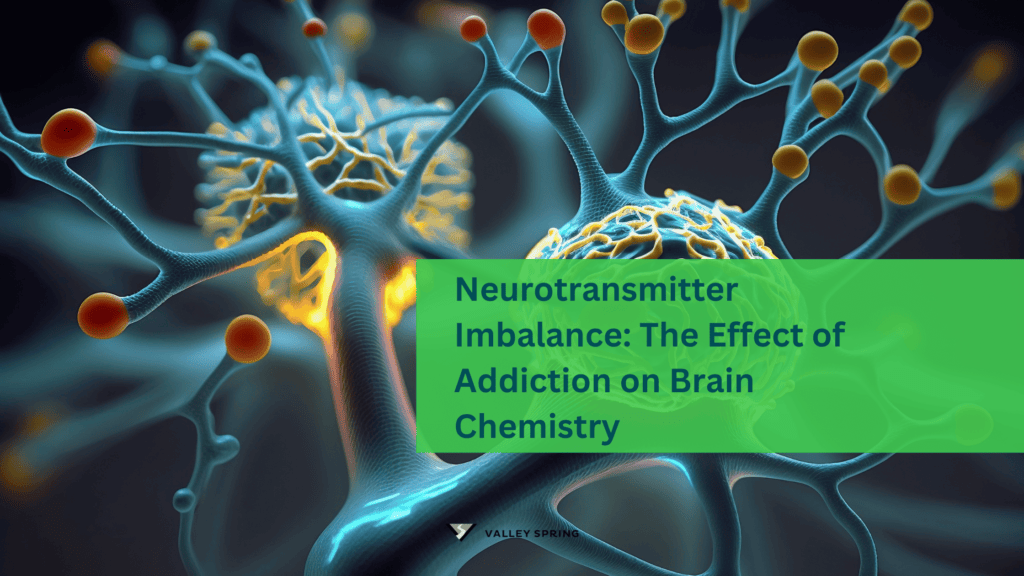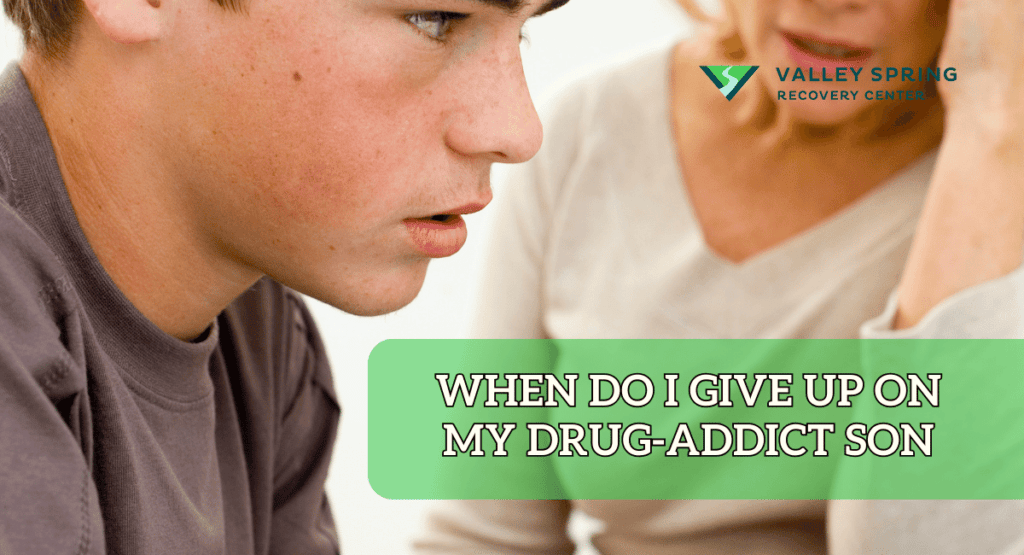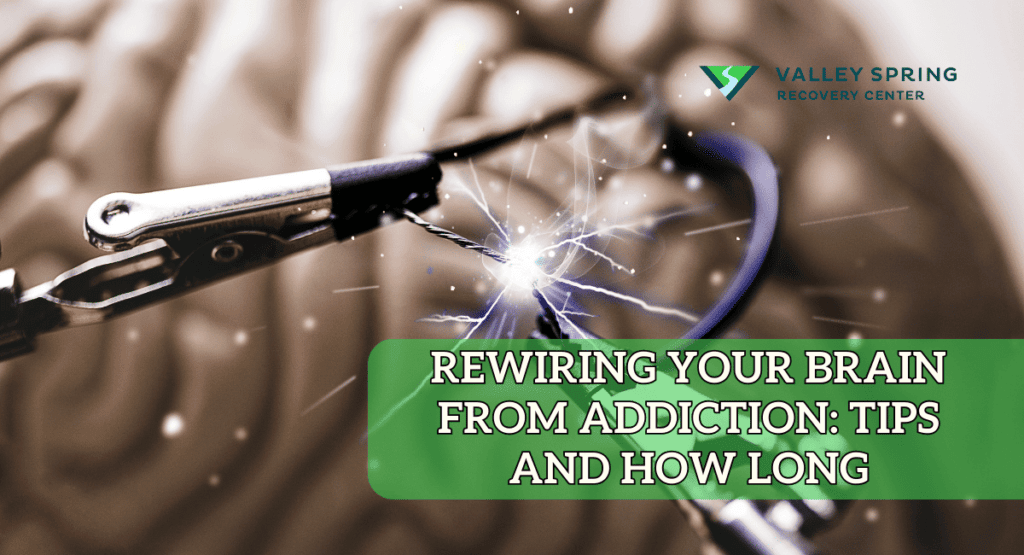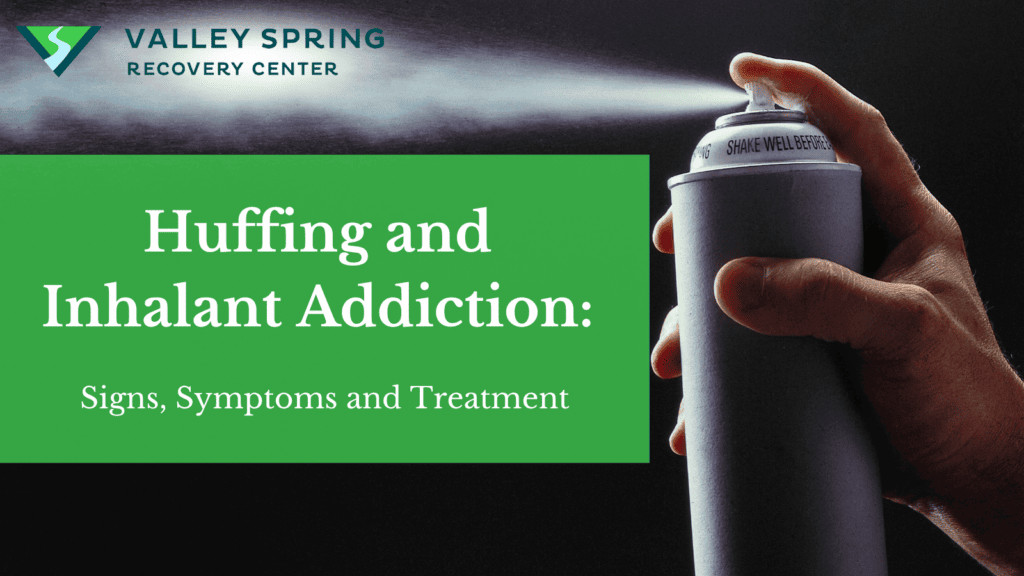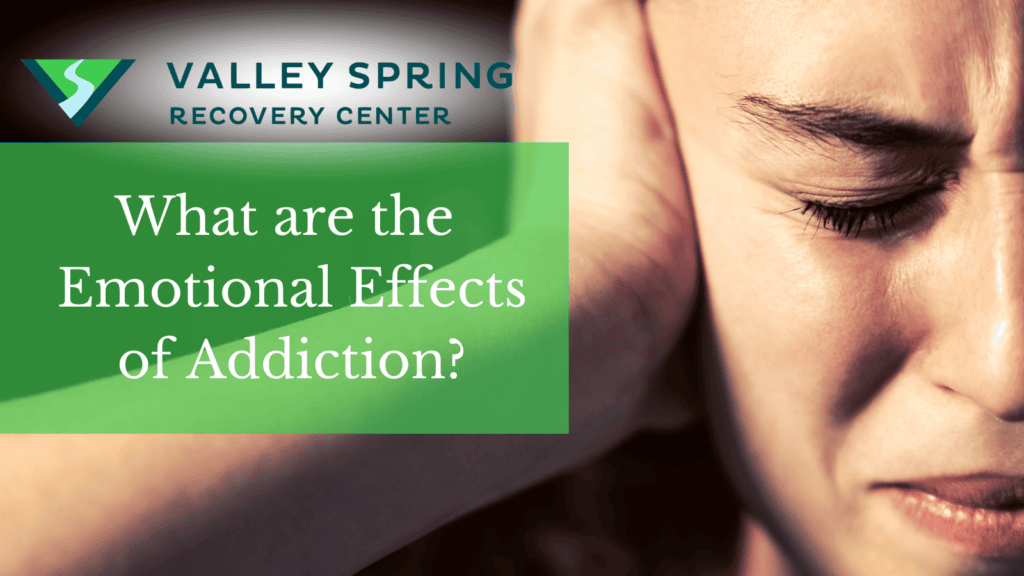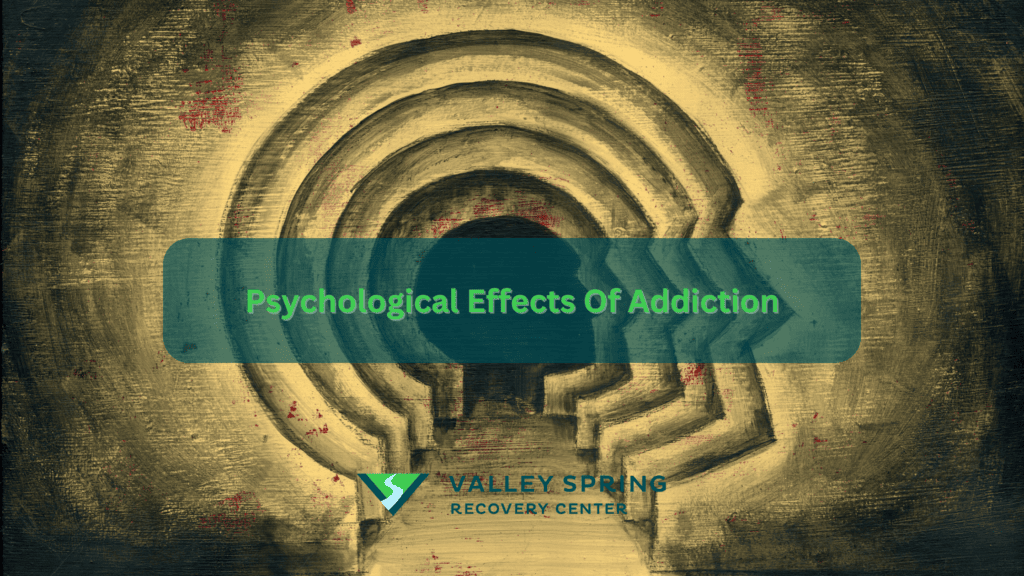Drug abuse can progress to drug addiction when a person continues to use drugs despite negative consequences. This is a serious problem that can have devastating effects on a person’s life. According to the World Health Organization (WHO), approximately 31 million people suffer from drug use disorders, indicating the magnitude of this health crisis. Understanding the transition from drug abuse to addiction is critical in addressing this issue effectively.
The signs indicating drug abuse is escalating into a full-blown addiction include the user no longer being concerned with the consequences of abusing drugs and putting drugs above most other things in their life. Psychological and physical changes occur during this progression.
What is Drug Abuse?
Drug abuse is the misuse or excessive use of a substance, including alcohol, prescription medication, or illicit drugs, for non-medical purposes. It typically involves the recurrent use of drugs to achieve a desired effect, such as altered consciousness or escape from reality, leading to negative consequences in various aspects of life.
What is Drug Addiction?
Drug addiction, also known as substance use disorder, is a chronic brain disease characterized by compulsive drug seeking and use, despite harmful consequences. It involves changes in the brain’s functioning, leading to an intense craving for the drug, loss of control over its use, and persistent use despite negative outcomes.
What are the differences between drug abuse and drug addiction?
Drug abuse involves excessive use of various types of drugs, while drug addiction is a severe form of drug abuse characterized by a lack of control and severe symptoms. Not everyone who abuses drugs becomes addicted. Chronic drug abuse is classified as a disorder or disease, while addiction is more perilous, highlighting the severity of symptoms and the user’s lack of control.
Further, drug dependence is physical, whereas addiction is neurological. Gender differences can also affect the prevalence of alcohol, cannabis, and nicotine dependence. Understanding these differences is essential for recognizing and addressing substance use issues effectively.
Here is a table showing the differences between drug abuse and addiction.
| Aspect | Drug Abuse | Drug Addiction |
| Definition | Involves using legal or illegal substances inappropriately. | A disease that alters a person’s brain, leading to the inability to stop using substances. |
| Behavioral Signs | Lower performance, loss of interest, chronic dishonesty, etc. | Drop in performance, loss of interest, secretive behavior, etc. |
| Physical Signs | Sleep problems, change in appetite, red eyes, hyperactivity, etc. | Weight loss or gain, irregular sleep, tremors, pinpoint pupils, etc. |
| Causes | Reasons may include curiosity, peer pressure, and stress relief. | Develops over time; may start with recreational use or prescription medication. |
| Dependency | May or may not progress to dependency on the substance. | Characterized by an inability to stop using substances; and physical and psychological dependency. |
| Brain Changes | Not specified in the provided information. | Alters the brain’s communication and reward system; leading to tolerance and withdrawal. |
| Treatment Approach | Intervention for acknowledging and addressing the issue. | Immediate admission to a rehab facility; includes detox, therapy, and aftercare programs. |
As you can see, while similar, drug abuse and addiction are different.
What are the signs and symptoms of drug abuse progressing to addiction?
Drug abuse can progress to addiction when drugs become a coping mechanism or a necessity for social acceptance. The frequency and quantity of drug use, along with neglecting responsibilities, are signs of potential addiction.
Drug abuse can eventually consume a person’s life, halting social and intellectual development and intensifying feelings of isolation. Recognizable signs of drug addiction include:
- Feeling the need to use the drug regularly, potentially several times a day.
- Experiencing intense urges for the drug that override other thoughts.
- Developing a tolerance requires more of the drug to achieve the same effect.
- Taking larger amounts of the drug over a more extended period than intended.
- Ensuring a steady supply of the drug.
- Failing to stop using the drug.
- Experiencing withdrawal symptoms.
- Spending money on the drug, even if unaffordable.
- Neglecting responsibilities at work, school, or home, including neglecting one’s children
- Continuing to use regardless of negative consequences (blackouts, infections, mood swings, depression, paranoia)
- Engaging in activities, like stealing, to obtain the drug.
- Driving or partaking in risky behaviors under the drug’s influence.
- Devoting a significant amount of time to acquiring, using, or recovering from the drug.
- Continued drug use despite awareness of its detrimental impact on physical or psychological well-being.
- Bloodshot eyes, pupils larger or smaller than usual
- Changes in appetite or sleep patterns
- Deterioration of physical appearance, personal grooming habits
- Unexplained change in personality or attitude
These signs may indicate the progression from drug abuse to drug addiction or substance use disorder. It’s important to recognize these signs and seek help if you or someone you know is struggling with drug abuse or addiction.
The comprehensive nature of addiction’s impact, from social anxiety to developmental risks during adolescence, emphasizes the need for tailored interventions.
What risk factors can increase the risk of addiction?
Drug use and addiction are complex issues influenced by a combination of factors, including individual characteristics, environmental influences, and genetic predispositions.
- Peer Pressure: Especially for young individuals, peer pressure is a strong factor in starting to use and misuse drugs.
- Family History of Addiction: If you have a blood relative, such as a parent or sibling, with alcohol or drug addiction, you’re at greater risk of developing a drug addiction.
- Mental Health Concerns: Mental health disorders, such as anxiety, depression, and post-traumatic stress disorder (PTSD), can increase the risk of drug use and addiction.
- Behavioral or Impulse Control Problems: Difficulty controlling impulses or engaging in risky behaviors can increase the likelihood of drug use and addiction.
- Exposure to Trauma: Experiencing trauma, such as physical or sexual abuse, can increase the risk of drug use and addiction as a coping mechanism.
- Environmental Factors: Living in a neighborhood with high rates of drug use, poverty, or violence can increase the risk of drug use and addiction.
- Individual-Level Risk Factors: These include a person’s genetic predisposition to addiction or alcohol exposure prenatally.
- Externalizing Behaviors: Childhood and adolescent risk factors consistently linked to increased addiction risk include externalizing behaviors, such as aggression, delinquency, and hyperactivity.
- Lack of Impulse Control: Difficulty controlling impulses is a greater risk factor for teen addiction.
- High-Stress Levels: High-stress levels may increase the risk of turning to substances to reduce stress.
- Parental Substance Use: Parental use and abuse of alcohol, tobacco, and other drugs are associated with an increased risk for use by offspring.
- Social Detachment: A lack of social attachments can increase the risk of drug use and addiction.
- Metabolism: Individual variations in metabolism can affect how quickly the body breaks down drugs, influencing the likelihood of addiction.
- Novelty Seeking: Novelty seeking, a personality trait characterized by a desire for new experiences, is a general risk factor for drug addiction.
What are the 6 stages of addiction?
The 6 stages of addiction are a framework that outlines the progression of substance use from initial exposure to the potential for relapse after recovery. The 6 stages of addiction are listed below:
- Drug Experimentation: This stage involves the voluntary use of drugs without experiencing any negative consequences. It is often characterized by casual or social drug use, driven by curiosity, peer pressure, or desire for recreational enjoyment.
- Drug Abuse: In this stage, the frequency and quantity of drug use increase, often leading to risky behaviors. The user may start experiencing negative consequences such as health issues, strained relationships, or legal troubles, but continues to use drugs despite these issues.
- Drug Tolerance and Dependence: Over time, the body adapts to the presence of the drug, leading to tolerance (needing more of the drug to achieve the same effect) and dependence (experiencing withdrawal symptoms without the drug). This stage marks a significant shift from voluntary to compulsive drug use.
- Drug Addiction: Addiction is characterized by a strong, often uncontrollable desire to use drugs, despite harmful consequences. The individual’s life becomes increasingly centered around obtaining and using the drug, often leading to neglect of personal responsibilities and relationships.
- Recovery: Recovery involves actively working towards overcoming the addiction. This can include treatment programs for alcoholism or drug addiction, therapy, support groups, and lifestyle changes. It is a continuous process that requires dedication and commitment to maintain sobriety.
- Relapse: Relapse refers to the return to drug use after a period of abstinence. It is considered a common part of the recovery process. Understanding the triggers and learning coping mechanisms are essential to prevent or manage relapses effectively.
Each stage of addiction presents unique challenges and requires specific approaches for treatment and support. Recognizing these stages is vital for early intervention and effective addiction management.
How do Drug abuse and addiction affect your brain chemistry?
Drug abuse and addiction can have a profound impact on brain chemistry.
Substance use immediately affects brain networks, influencing behavior, memory, and cognition, with long-term consequences. The development of addiction involves intense stimulation of the brain’s reward system, leading to cravings.
Addictive drugs, flooding the brain with dopamine, trigger intense pleasure, reinforcing drug-seeking behavior. The substances hijack pleasure/reward circuits, fostering a desire for more. As addiction develops, it signifies brain changes due to these substances. All addictive drugs impact the brain’s dopamine system in the reward pathway. Drug interference with the brain stem can alter heart rates, affecting vision, hearing, smell, touch, and taste. The process involves physical changes to neurons, affecting neurotransmitters in the brain.
Alcohol use enhances the dangers of opioid drugs, leading to increased brain hypoxia. Substance abuse is linked to the human instinct for pleasure, fueled by media encouragement. Sweet preference may contribute to addiction, with cross-sensitization observed between sugar and narcotic dependence. Abuse of various compounds, including prescription and over-the-counter agents, often leads to dependency.
In many cases, drug abuse leads to physical dependence, evident through withdrawal symptoms. It is crucial to recognize the behavioral and psychological signs of drug misuse. Seeking help from a healthcare provider is essential, especially when dealing with the negative consequences of addiction on mental health. Addiction medicine and behavioral therapies can play a crucial role in recovery. Understanding the risk factors, including mental health conditions and the impact of the COVID-19 pandemic, is crucial in addressing drug problems. Family members and loved ones need to be aware of both physical and psychological signs of addiction and provide support.
What causes someone to progress from drug abuse to drug addiction?
The progression from drug abuse to drug addiction is a complex process that can vary from person to person. However, some research suggests that repeated drug use can lead to changes in the brain’s reward system, making it more difficult for individuals to control their drug use and leading to compulsive drug-seeking behavior. This can result in the development of tolerance, where the individual needs increasing amounts of the drug to achieve the same effect, and withdrawal symptoms when they stop using the drug.
Individuals with a family history of addiction may be more susceptible to abuse drugs and develop addiction themselves, while exposure to stress, trauma, or peer pressure can increase the likelihood of drug use and abuse. Additionally, individuals with mental health disorders such as depression or anxiety may be more likely to turn to drugs as a form of self-medication, which can increase the risk of addiction.
Warning signs of commonly abused recreational drugs?
Here are some general warning signs associated with the abuse of certain recreational drugs:
- Marijuana: Bloodshot eyes, increased appetite, lack of motivation, impaired coordination, and slow reaction time.
- Cocaine: Dilated pupils, increased energy, talkativeness, heightened alertness, and rapid heart rate.
- Heroin: Constricted pupils, drowsiness, slowed breathing, disorientation, and sudden changes in behavior.
- Methamphetamine: Rapid weight loss, dental problems (“meth mouth”), skin sores, anxiety, and violent behavior.
Warning signs of prescription drug abuse?
Prescription drug abuse can manifest through various physical and behavioral changes. Key indicators include confusion, lowered blood pressure, dry mouth, weakness, constricted pupils, and respiratory depression.
Research suggests that misuse may start with drug tolerance and progress to long-term drug use, causing addiction.
Physical Signs:
- Watery or droopy eyes
- Nausea
- Vomiting
- Constipation
Behavioral Changes:
- Confusion
- Lowered blood pressure
- Dry mouth
- Weakness
- Constricted pupils
- Respiratory depression
Successful treatment for drug abuse and drug addiction
Successful treatment for drug abuse and drug addiction involves a comprehensive approach that addresses the physical, psychological, and social aspects of the individual’s condition. The National Institute on Drug Abuse (NIDA) provides valuable information on the treatment and recovery process.
Treatment for drug addiction is not a one-size-fits-all approach. It should be tailored to meet the specific needs of each individual. Research has shown that treatment can help people stop using drugs and resume productive lives.
It’s important to note that addiction is a chronic condition, similar to other chronic diseases like heart disease or asthma. Treatment does not cure addiction but helps individuals manage their condition and regain control over their lives.
Relapse, or a return to drug use after an attempt to quit, can be a normal part of the recovery process for some individuals. It does not mean that treatment has failed. Relapse rates for drug use are similar to rates for other chronic medical illnesses. If a person relapses, it indicates the need for modified or new treatment strategies.
Different types of medications and behavioral therapies can be used in the treatment of drug addiction.
- Medications:
- For opioid addiction, medications such as methadone, buprenorphine, and extended-release naltrexone are often used.
- Medications for nicotine addiction include nicotine replacement therapies, bupropion, and varenicline.
- For alcohol addiction, medications like naltrexone, disulfiram, and acamprosate are commonly used.
- Behavioral therapies:
- Cognitive-behavioral therapy (CBT)
- Contingency management (CM)
- Motivational enhancement therapy (MET)
- Family therapy
- Twelve-step facilitation
These therapies help individuals recognize triggers, develop coping strategies, and enhance motivation to change behavior.
Successful treatment programs acknowledge that stopping drug use is just one part of the recovery process. Addiction can have severe consequences on various aspects of a person’s life, including their health, relationships, and work. Therefore, treatment should address the needs of the whole person. This may involve providing medical, mental, social, occupational, family, and legal support services to aid in the recovery process.
It’s important to remember that recovery from addiction is a long and complex journey. Treatment programs should be individualized and continuously adapted to meet the changing needs of the person in recovery. NIDA provides resources like the Principles of Drug Addiction Treatment: A Research-Based Guide and Principles of Adolescent Substance Use Disorder Treatment: A Research-Based Guide to further understand the science and best practices in addiction treatment.
What are the 4 steps in the recovery process?
Here are the possible 4 steps in the recovery process!
- Acknowledgment of the problem: This stage involves recognizing the extent of the drug abuse or addiction and acknowledging the need for help. Individuals must admit that they have a problem with substance use and that they need to seek professional assistance.
- Treatment Initiation: This initial step marks the commencement of addiction treatment, with a focus on tailored interventions. (Lumiere Healing Centers)
- Developing a recovery plan: This step involves creating a personalized recovery plan, which may include a combination of behavioral therapies, medication, and support from friends and family. The plan should address the individual’s unique needs, triggers, and goals for long-term sobriety.
- Maintaining sobriety and preventing relapse: The final stage involves implementing strategies to maintain sobriety and avoid returning to drug use. This may include identifying and avoiding triggers, developing healthy coping mechanisms, and participating in ongoing support groups or therapy sessions.
It’s essential to note that the recovery process can vary from person to person, and not everyone will experience these stages in the same way. The key is to seek help when needed and be committed to the process of recovery, as it is a lifelong journey.
What is the relapse stage of addiction?
The relapse stage of change refers to the stage in the process of behavior change where an individual returns to their previous behavior after attempting to change it.
The relapse stage in the Transtheoretical Model is the sixth phase, signifying a return to previous habits and substance use. Addiction experts recognize relapse as a key component of recovery and highlight warning signs of relapse to prevent it.
Why doesn’t everyone get addicted to taking drugs?
Not everyone gets addicted to taking drugs due to a variety of factors, including differences in genetics, personality traits, life experiences, and more. Links exist between certain personality traits/disorders like impulsivity, risk-taking, depression, and addiction to drugs like opioids and cocaine.

How Does Drug Abuse Affect Relationships?
Drug abuse can have profound and often devastating impacts on personal relationships. The effects vary depending on the severity and duration of the abuse, as well as the nature of the relationships involved. Here are some key ways in which drug abuse affects personal relationships:
- Erosion of Trust: Drug abuse often leads to deceptive and secretive behaviors as individuals try to hide their substance use. This deception can severely damage the trust that is fundamental to healthy relationships. Once trust is broken, it can be incredibly challenging to rebuild.
- Communication Breakdown: Substance abuse can impair an individual’s ability to communicate effectively. It can lead to increased misunderstandings, conflicts, and emotional distance, as the person may become less responsive, withdrawn, or irritable.
- Financial Strain: The cost of sustaining a drug habit can be significant, leading to financial problems. This strain can put pressure on relationships, especially if shared resources are depleted or if financial responsibilities, such as bills and childcare, are neglected.
- Neglect of Responsibilities: As drug abuse becomes a priority, individuals may neglect their responsibilities, including those related to their relationships. This neglect can manifest as failing to contribute to household duties, overlooking the needs of children or partners, and disregarding professional commitments.
- Emotional and Physical Abuse: Drug abuse can lead to increased aggression and mood swings, raising the risk of emotional and physical abuse in relationships. This can create an environment of fear and tension, significantly harming all members of a household, particularly children.
- Health Risks to Others: Engaging in risky behaviors, such as sharing needles or having unprotected sex, can pose direct health risks to partners and others. This can lead to the transmission of infectious diseases, adding another layer of strain to relationships.
- Social Isolation: Drug abusers often withdraw from social interactions and activities, isolating themselves from friends and family. This isolation can strain relationships as the individual becomes less available and engaged with their loved ones.
- Impact on Children: If the individual abusing drugs is a parent, the impact on children can be particularly severe. Children may experience neglect, emotional trauma, and may even take on caregiving roles. This can lead to long-term psychological and developmental issues for the children.
- Codependency and Enabling: In some cases, relationships can become codependent, with a partner or family member enabling the drug abuse, often in an effort to maintain peace or out of fear of confronting the issue. This can further entrench the addiction and create dysfunctional relationship dynamics.
Addressing drug abuse is crucial not only for the well-being of the individual but also for the health and stability of the relationships affected by addiction. Recovery efforts often involve therapy and support for both the individual and their loved ones to help repair and rebuild these affected relationships.
How can one support someone struggling with drug abuse or addiction?
Watching someone you love struggle with addiction is a painful experience. To support a loved one facing drug abuse or addiction, consider these helpful tips:
- Educate Yourself About Addiction: Learn about the complexities of addiction and familiarize yourself with the symptoms of drug abuse. This knowledge will make you more aware of the signs that your loved one needs help.
- Offer Your Support: Initiate a conversation with your loved one about your concerns. Let them know that you are there to offer your support as they embark on their journey to recovery.
- Encourage Them to Get Help: Emphasize the importance of seeking professional treatment for their addiction. Be persistent in your encouragement, but avoid making them feel guilty or ashamed.
- Support Recovery as an Ongoing Process: Stay involved in their treatment and recovery journey. Offer support for their participation in ongoing care, meetings, and support groups.
- Take Care of Yourself: Ensure your well-being by meeting your own needs. Get enough sleep, exercise regularly, eat well, and consider seeking therapy if needed.
Remember, it’s crucial to avoid preaching, lecturing, arguing, or making your loved one feel guilty about their addiction. Instead, encourage them to seek treatment and assure them of your continuous support throughout their recovery.
How to Prevent drug abuse in children and teenagers?
Preventing drug abuse in children and teenagers is crucial for their well-being and overall health. Here’s valuable information and strategies to help parents and caregivers in this essential endeavor:
Open Communication:
- Have frequent and open conversations with your teen, discussing topics ranging from daily experiences to serious subjects like substance abuse.
- Research indicates that parents who employ good listening skills, communicate non-judgmentally, and offer practical recommendations positively influence their teens’ actions.
Establishing Trust:
- Building trust involves being open to listening and encouraging open conversations, making your teen feel comfortable discussing difficult situations.
- Teens are less likely to engage in risky behavior when they feel their parents are forgiving, non-judgmental, and trust them.
Knowing Your Child’s Environment:
- Understand your child’s friends to gauge potential exposure to drugs.
- Make your home a welcoming place for your teen’s friends, setting rules while creating a comfortable atmosphere.
Monitoring and Setting Rules:
- Regularly monitor your teen’s activities, social interactions, and online presence to ensure their safety.
- Setting and enforcing rules, done with love, increases the likelihood of your teen adhering to them.
Family Bonding:
- Share meals frequently, creating a positive environment for discussions.
- Use this time to actively listen, understand your teen’s interests, and foster family connections.
Showing Interest in Your Teen’s Passion:
- Display a genuine interest in your child’s hobbies and activities, encouraging positive engagement.
Parental Education:
- Stay informed about addictive substances prevalent among teens, ensuring awareness of potential risks.
- More than 40 percent of teens report not having conversations with parents about heroin or prescription painkillers.
Staying Involved:
- As your teen grows, maintain involvement and monitoring, as the risk of drug initiation increases with age.
Early Intervention:
- Seek professional help at the early signs of risk, recognizing that teen drug use may be beyond parental control. -Adolescent or young adult treatment centers specialize in addressing the unique needs of young individuals battling drug abuse and addiction.
If you are concerned that you or someone you know may be struggling with drug abuse, it is important to seek help. There are many resources available to help people overcome drug addiction and lead healthy, productive lives.
Drug abuse and addiction can have devastating consequences, but it is important to remember that recovery is possible. With the right support, people can overcome drug addiction and live fulfilling lives.
Sources
Dr. Michael Olla
All author postsShare This Post

